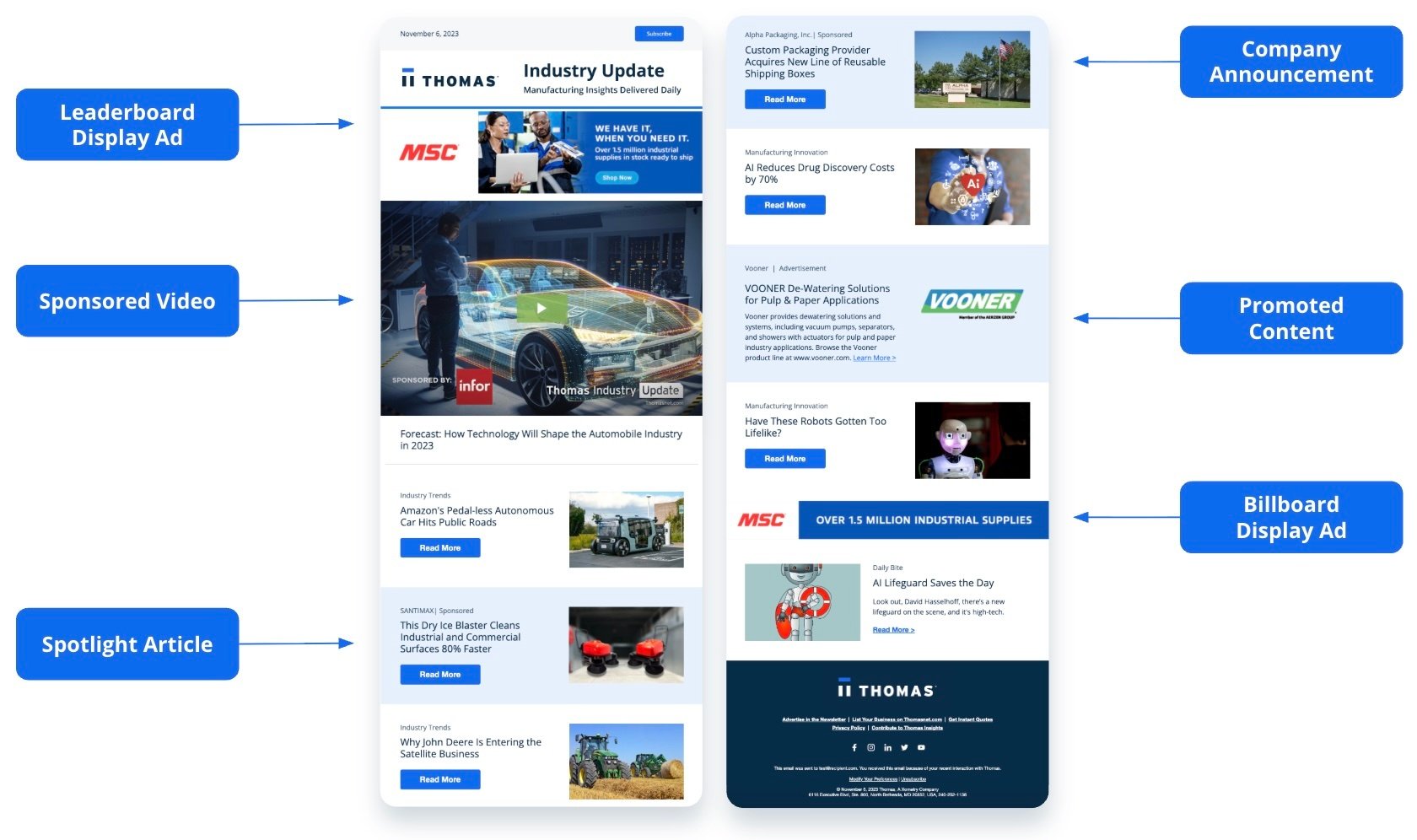Optimizing Your Email Lists for Google Customer Match
Sam Chesebrough October 23, 2015
Organically building a high quality email list for people in your target audience has been strategically important for decades. After all, email is one of the only channels that you have complete control over when communicating with your audience.
For example, in traditional TV, print or radio advertising you have to pay a hefty fee to reach an audience. Online you go through an ad network. And while social media largely provides direct access to customers, certain networks have made it increasingly difficult for company posts to reach the public.

In contrast, with email the only barrier between you and your customer is their willingness to click through and open the message.
But now there is a whole new reason to concentrate on growing your email list - and it has nothing to do with emailing your customers. Having a good email list improves your ability to target customers via paid advertising channels.
Bringing Email Marketing Out of the Inbox
This trend began as Facebook introduced their Custom Audiences feature but the ante has been upped considerably with the recent launch of Google’s Customer Match feature. The Search Engine Marketing (SEM) community is very excited about this development. Larry Kim, CEO of Wordstream, recently said the feature is “without a doubt THE most exciting AdWords update in the history of the platform.”
The feature works like this: Advertisers upload email lists they have collected to Google Adwords to create new “audiences.” Google determines which of those email addresses are tied to a Google account. Campaigns can then specifically target people from the email list if they are logged into their Google account.
These email list audiences can be used to target potential customers with Search Network pay-per-click campaigns, Display Network campaigns, Gmail ads or YouTube ads.
Harnessing a More Targeted Audience
When users are on your email list they are already aware of your brand and have elected to share their email address with you. Those users will presumably be more likely to convert into customers than a less targeted audience. This is a valuable opportunity for brands that are on a tight budget since they can focus their advertising spend on this specific group. Brands may also be in a position to advertise on keywords that are much more general. Keywords that otherwise may be unlikely to produce a positive return could become profitable with the right audience.
For instance, an industrial services company with a typical PPC campaign may need to focus on keywords related to very specific processes or materials in order to reach an audience that will convert frequently enough to justify the expense. However, if the ads are only being shown to users that are already on your email list, you may see a positive return on more general keywords like “contract manufacturing” or “industrial suppliers.”
Likewise, in a typical YouTube campaign you might only be targeting users by their geography or other demographic information. That likely means a big portion of your impressions will be from people with little or no interest in your products or services, they just happen to be in the right place. But if you’re showing ads just to those individuals who are in your email database, the results could be greatly improved.
Preventing Shady Marketing Practices
The first reaction of many marketers to this new feature is that it is ripe for abuse. Our inner cynic begins thinking of all the creepy targeting possibilities. Naturally, Google has included some rules that should help maintain privacy and avoid “icky” marketing tactics.
For one, Google requires that you only upload email addresses that you collect first-hand – such as with a website form, as part of your mobile app, or physically collected in a store or at a trade show. That means no uploading purchased email lists. It will be interesting to see how – and if – they enforce this but Google is usually a step or two ahead of tricksters. This underscores the importance of organically building your email lists, which is something you should be doing anyway.
Additionally, Google prohibits advertisers from using ads that collect personally identifiable information or from using ads that imply knowledge of personally identifiable information. No ad copy saying “Hi Bob! Can I help you make the widget you’re working on?” or “We know you work at XYZ company – Try us as a new supplier!”
The main takeaway? Organically building and maintaining an email list of engaged users has always been important – and now it’s more important than ever.
No marketing channel exists in a vacuum. They all work together. Building an email audience requires a robust content strategy. And effective ad targeting now requires a good email audience and good content. Various channels grow more interconnected and co-dependent every day. So be sure you’re firing on all cylinders.
Need additional help?
Did you find this useful?









